MIAMI -- High school students in Miami-Dade County may not be puffing as much, but they’ve turned to chewing and dipping instead.
From 2005 to 2010, the number of high school students using smokeless tobacco products shot up 69.2 percent in the county, according to the Florida Department of Health. Meanwhile, the Miami-Dade Department of Health has previously reported that smoking by Florida high school students decreased 43.4 percent from 1998 to 2006.
This shift may be driven in part by a fundamental misunderstanding about the smokeless products. "There's the wrong perception that they're not harmful," said MaySarih Ndobe, tobacco prevention specialist for the Miami-Dade County Health Department.
But science says otherwise. Smokeless tobacco products contain nicotine, as much as four times more than cigarettes, and 28 known carcinogens. Use of chew and dip can lead to an 80 percent higher risk of oral cancer and a 60 percent higher risk of pancreatic and esophageal cancer, according to one international study.
New smokeless tobacco products that have hit the street include orbs, sticks and strips of tobacco that dissolve in the mouth or are chewed like gum. The hottest new item is snus, which the consumer places between the gum and upper lip. Looking at hundreds of magazine ads for tobacco in Florida, the state Department of Health found 44.8 percent were for snus. Products that are currently being market-tested are readily available for free at events, online or at a reduced rate with coupons.
Miami isn't the only city where smokeless tobacco use by teens rose. Tobacco Free Florida says the number of high school students using across the state rose 30.6 percent from 2005 to 2011, significantly more among boys.
An alarmed Miami-Dade Health Department speaks regularly to students about the dangers of smokeless tobacco, but they aren't the only ones who need educating on the issue. According to Ndobe, most students are at least aware of the products or know people who use them.
"The ones who seem to be quite surprised are the teachers or the counselors or the parents," she said, noting how many smokeless tobacco products look like gum, breath mints or breath strips. "Even if a teacher or a parent sees it, they wouldn't realize it's a tobacco product."
One anti-tobacco initiative is advanced by the teens themselves. Students Working Against Tobacco (SWAT) is a countywide group of more than 200 middle and high school students who present resolutions to city commissioners seeking to ban candy-flavored tobacco products.
Last year, Miami Beach passed a resolution urging retailers not to sell such youth-oriented products. Karen Rivo, chairwoman of the city’s Committee for Quality Education, brought the issue to the committee; she had learned about smokeless tobacco's marketing toward young consumers while serving on the Consortium for a Healthier Miami-Dade.
"I just found it absolutely shocking and disgusting," Rivo told HuffPost Miami. "I just think as a child advocate, we have to do anything we can to keep our children safe. This was particularly alarming to me."
In 2009, the federal Family Smoking Prevention and Tobacco Control Act banned flavored cigarettes but not flavored cigars, hookah or smokeless tobacco products. Wisconsin, Illinois and New York City have banned all flavored tobacco products, according to the Miami Herald.
"I think there's a lot of challenges within all of this in the letter of the law, but for me, if this has brought increased awareness to our community of the dangers and the insidious way that we addict our children, it's a starting point," Rivo said. "Unless it's policed, it's a real challenge to keep kids from getting it."
WATCH a former dip user talk to Tobacco Free Florida.